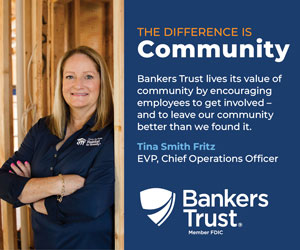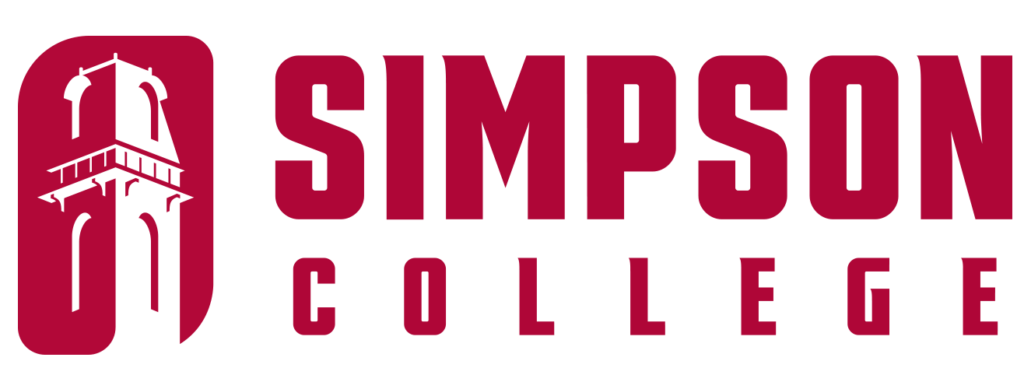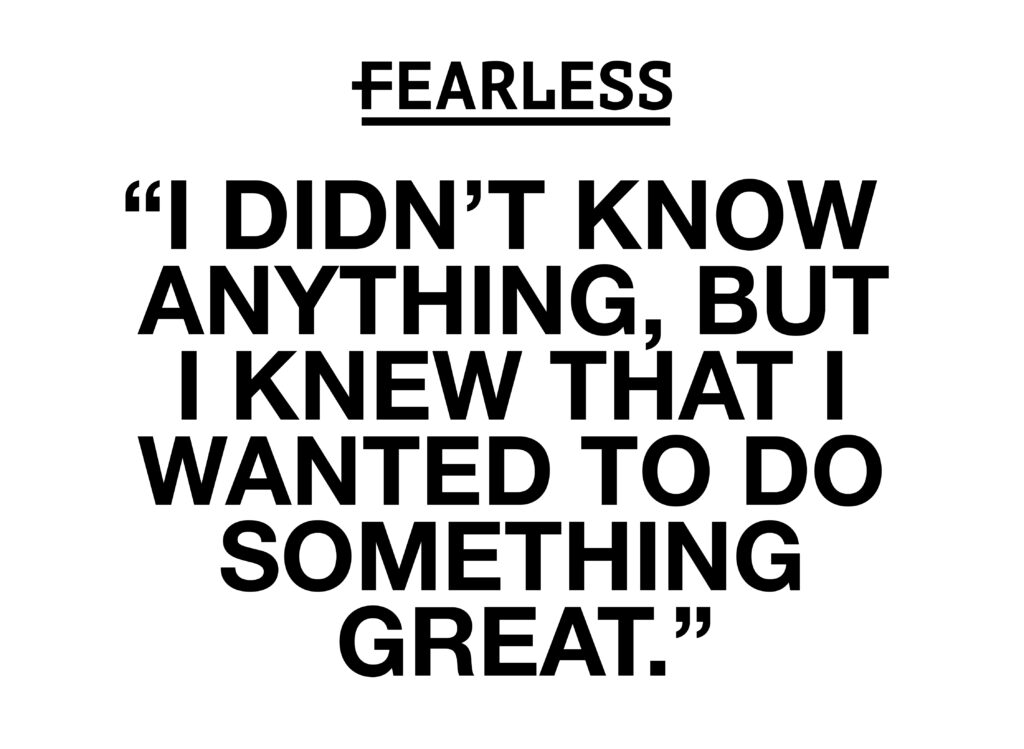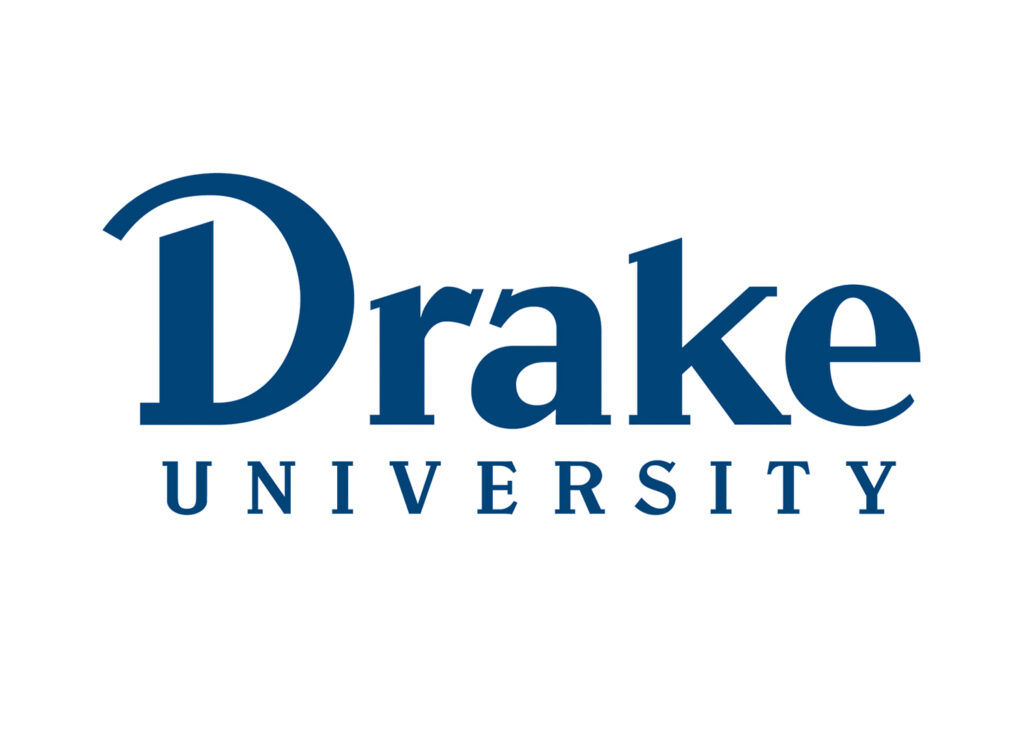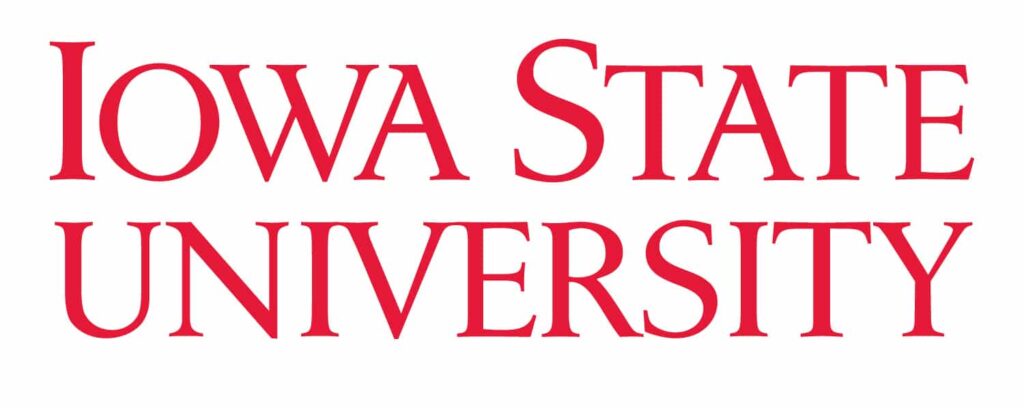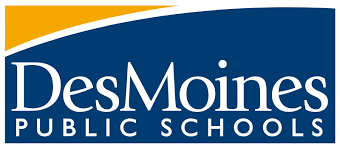A federal case for STEM
Iowan leading efforts to improve education

PERRY BEEMAN Oct 23, 2019 | 8:04 pm
6 min read time
1,391 wordsBusiness Record Insider, Education, Innovation and Entrepreneurship
Jeff Weld, Iowa’s guru on all things STEM, spent a year in Washington, D.C. working on a project that in many ways gave him a chance to spread the word on successful approaches in Iowa classrooms.
STEM — which refers to science, technology, engineering and mathematics — is a hot topic in Iowa. Weld runs the Iowa Governor’s STEM Advisory Council, a body that shows support for education in those fields runs to the upper reaches of state office.
There are all kinds of other players — the state universities, community colleges, America’s Cultivation Corridor, and businesses such as Kemin Industries, Vermeer and Corteva Agriscience.
Weld spent a year as a senior policy adviser and assistant director for STEM education at the White House Office of Science and Technology Policy and staff associate in the Directorate for Education and Human Resources at the National Science Foundation. When he got back, we picked his brain about how Iowa helped mold an overly bureaucratic and fed-centric STEM education plan into something the states could get excited about.
Weld recalled that he had several conversations with someone from the White House Office of Science and Technology Policy, and he was asked to help the federal government come up with a STEM education plan. A new law had directed the White House to come up with a strategic plan; a deadline was looming. “They needed a STEM plan, and fast,” Weld recalled. Weld was surprised to learn the federal government even had a STEM plan. He lives and breathes STEM in Iowa — one of the nation’s tech hotbeds — and he hadn’t even heard of it.
“Here’s the irony that struck me when they asked me to come. I literally said, ‘You mean there is a federal STEM strategic plan?’ I sure wish I’d have known,” Weld recalled.
“It came out in 2013. I’ve been convening STEM leaders across the Midwest every year, and we were reinventing wheels in Wisconsin, Minnesota, South Dakota, Missouri, Illinois, Indiana and Michigan. It struck us that the feds were AWOL. We all said more or less the same thing. We were getting no leadership out of the federal government. So when they said come and renew the federal plan, you can imagine my shock.”
That federal plan was “very internal” and not really of great use to the states, Weld said. “It was a dense,160-page,10-point font, single-spaced federal document that read like my dissertation. It was a cure for insomnia,” he said with a chuckle.
Weld told federal officials he would help them write a STEM plan, but it had to be peppy and speak to the rest of the country.
“I carry the new one around with me,” he said. “It’s beautiful and it’s 37 pages and has pictures and bullet points. You’ll see that it’s not only a federal five-year coordination plan, but a national North Star. In fact, NASA provided a beautiful cover, not the North Star, but it is an orientation.”
Weld met with a high-ranking official with the National Science Foundation and they debated what to call the report. Waypoint? True north? Guideposts? Lighthouse? North Star? Yes, North Star.
The report uses the North Star analogy, a cliche but a big improvement over the insider, fedspeak predecessor report, in Weld’s view.
“The beauty is that is consists of three goals, nine objectives, and Iowa’s fingerprints are all over it,” Weld said.
The new federal plan kept the Obama administration’s push for more diversity and inclusion in STEM fields, Weld said. But while the Obama plan focused on pathways to get more STEM degree holders, now there is much more emphasis than before on training skilled technicians.
“Where the help is really needed is in filling the demand for welders, technicians, engineering technologists, pipeline builders and technical skill sets with graphic design and system networking and Python coding,” Weld said.
One big nod to Iowa in the federal report is a call for school-business partnerships. “I definitely took that one of of my pocket” after years of observing how businesses can help schools teach the skills that the students may very well bring to the companies as employees later, Weld said. “Another is computational thinking — that is a strong Iowa thrust. So is creating strong STEM ecosystems at the community level. We created the six regional hubs in Iowa.”
But it wasn’t all Iowa, for sure. Weld spent seven months meeting with organizations and leaders in all kinds of roles around the country, asking for a Top 10 list of what should be in the plan.
It must have been inspiring because when he describes what he learned, he delivers a rapid-fire message:
“Things kept coming up. Diversity and equity. Schools and businesses have to get connected. We have to break down the boundaries between these disciplines. We have to get computational thinking involved. We have to build entrepreneurs and innovators. I kept hearing the same stuff all the time.”
Those comments became the skeleton of the plan, then a 40-member writing team huddled for several months and wrote and tweaked the report.
Then Weld returned to Iowa, but the report lives on. Many of the recommendations have deadlines for coming up with implementation plans to “bring the goals to life.”
“That is extremely humbling to me because the feds are going to spend, if they keep level with their funding, they are going to spend $3.2 billion next year on STEM education alone, and will support 166 federal programs.”
The federal plan will help state programs move in the same direction, with some coordination, Weld said. It will hold them accountable, too.
“We are so thoroughly evaluated in the Iowa STEM program. We have an independent evaluation consortium that examines us every year and produces a beautiful 100-page-plus report about our effect, and it’s independent and transparent,” he said.
Weld was part of an effort to evaluate the STEM part of the America COMPETES Act, which led to the federal plan. He and colleagues found that half of the 166 STEM programs examined were not keeping data to see what kind of a difference they made.
“Coming out of Iowa, where data and transparency is in our DNA, I was able to influence objectives on transparency and accountability,” Weld said. “Moving forward, these departments and agencies are going to be asked every year to report on in detail, where do you spend your money? What evidence do you have of impact, especially on underrepresented populations? What evidence do you have of success? And then this information will be fed back to the federal committee on STEM, who will have decision-making power based on data about what programs are thriving, let’s roll them out, let’s scale them and what programs are not driving us in the right direction.”
Weld said the report now is prompting discussion of next STEM steps in Iowa. He said Iowa excels on work-based learning and school-business partnerships in ways that could be models for other states. But like many other states, Iowa needs to keep looking for ways to prepare more entrepreneurs, innovators and inventors. “We could do some pioneering in that effort,” Weld added.
The federal report calls for more digital fluency, cyber safety and digital ethics, and proper online behaviors.
And there’s news in math education. “The research is screaming that the STEM talent pipeline is most inhibited by mathematics,” Weld said. “Everybody’s got a little bit of guilt in the game. If you ever took an introductory biology course, or chemistry, organic chemistry, they’re all filters between kids and their hopes to be a STEM’er for life.”
The federal report makes recommendations to help change curricula. A main goal: tying the lessons to students’ lives. “If they are into March Madness, let’s make it March Mathness,” Weld said. “If they are into fashion, let’s teach production costs and profitability and transportation investment and bankruptcy. I saw a great lesson around calculus on short-term loans and these short-term loan outfits that pop up.”
There’s plenty of work left to do, Weld said. “We have 54 schools working with around 200 businesses, but there are [80,000] businesses in Iowa and there are [367] school districts, so we are just scratching the surface.”
He hopes, of course, that the new federal plan he guided will help.



